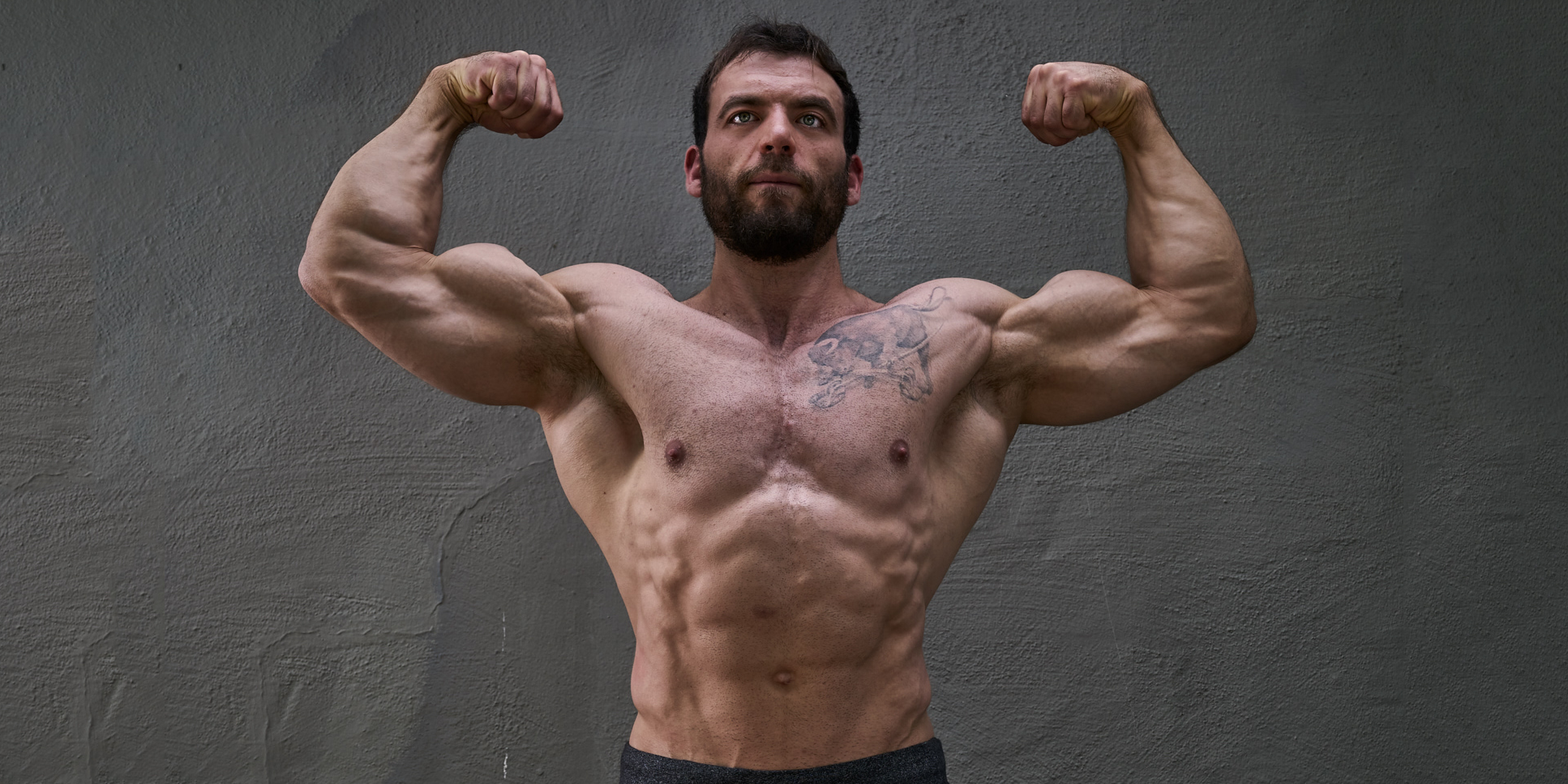
Even if you're not a bodybuilder, I'm sure you've heard about training a muscle from multiple angles for well-rounded development. The most obvious example: using the incline press (rather than the flat bench press) to build the upper pecs.
The minimalist in me hears "multiple angles" and screams back "bullshit," and to some degree I do believe that this is a relatively minor aspect of a well-designed training program (regardless of whether your primary goal involves adding strength or size). But it's not all bullshit. There are some instances where slightly different mechanical positions can make a huge difference in technique and results.
Here is an example I recently shared on social media involving the angle of the torso and degree of lower back engagement.
In both the barbell and seated row, taking a more upright torso angle (so the body is closer to perpendicular to the floor) increases the relative involvement of the erectors and decreases the relative involvement of the lats and rhomboids.
Now, remember: context matters. In both styles of rowing shown above, the focus is on the shoulder and elbow joints. In a deadlift or squat — where the focus is on the hip and knee joints — the more upright the torso, the less work the erectors will do.
Here's why this is important: when you're training any movement — whether a competition movement or an accessory exercise — you should try to perform that movement as effectively as possible. What's "effective" depends on your anatomy, your strengths and weaknesses, and your prior training experience. To really optimize your training, you must consider those variables when evaluating your movement patterns, and remain mindful of how even slight nuances like angles can influence and be influenced by them.









2 Comments